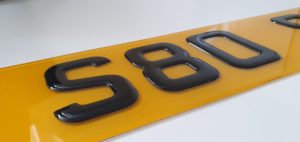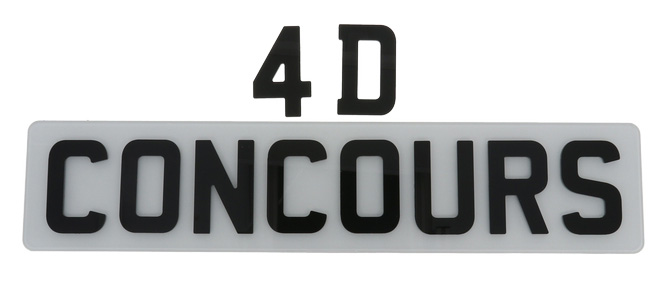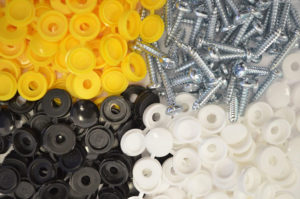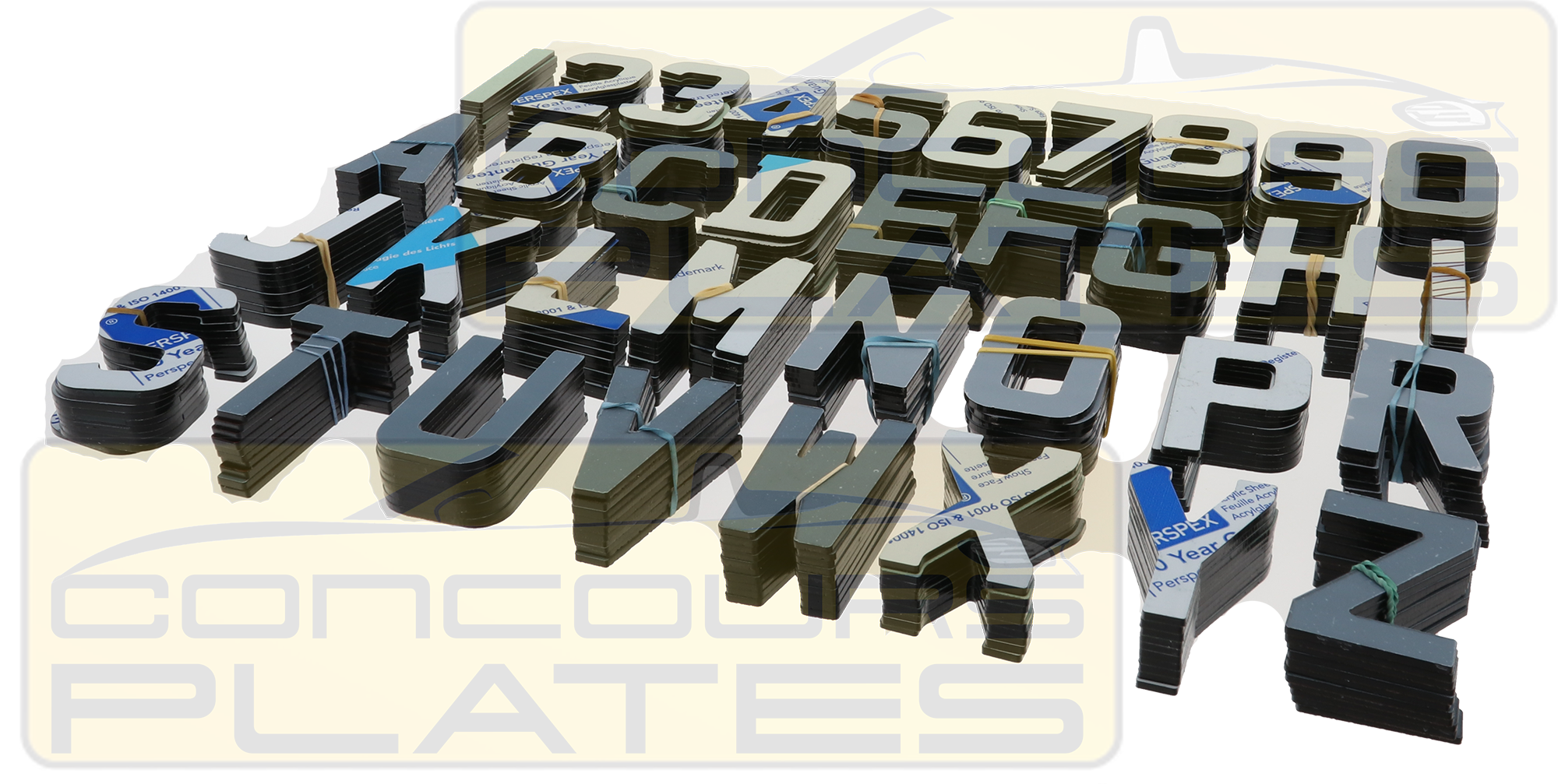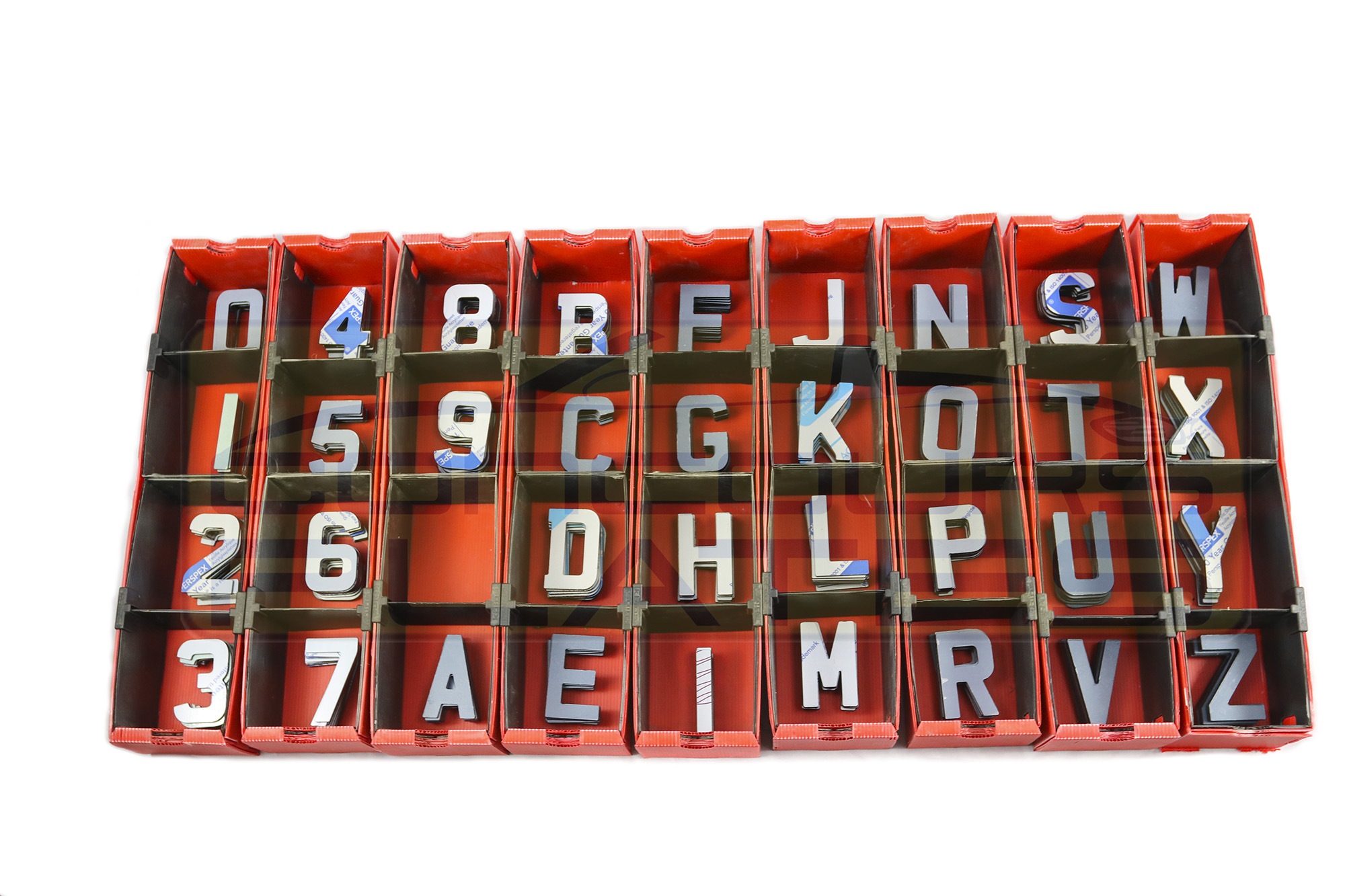If You Have Any Issues Processing An Order Or Uploading Document Photos Etc
UK Suffix Number Plate
Welcome to our comprehensive guide on Suffix Number Plates in the UK. Whether you're a classic car enthusiast, looking for a timeless registration for your vehicle, or simply curious about this style of plate, we’ve got all the details you need.
What Are Suffix Number Plates?
Suffix number plates were introduced in 1963 and remained in use until 1983 when the prefix system took over. Unlike prefix plates, where the year letter comes at the beginning, suffix plates have the year indicator at the end of the sequence. The format looks like this:
ABC 123A
Where:
- ABC is a random combination of three letters.
- 123 is a sequence of up to three numbers.
- A represents the year of registration.
Why Choose a Suffix Number Plate?
Suffix number plates are a popular choice for classic car owners and collectors. They provide a retro, authentic look for vehicles from the 60s, 70s, and early 80s, and many people prefer them for their unique character. Whether you're restoring a classic car or looking to add a vintage touch to a newer model, a suffix number plate can make your vehicle stand out.
How to Read a Suffix Number Plate
Reading a suffix number plate is simple. The last letter on the plate represents the year the vehicle was first registered. Here’s a quick breakdown:
- A (1963)
- B (1964)
- C (1965)
- D (1966)
- E (1967)
- F (1967/68)
- G (1968/69)
- H (1969/70)
- And so on, until Y (1982/83).
The letter sequence moves forward annually, making it easy to identify the vehicle’s registration year.
Where to Buy a Suffix Number Plate
Buying a suffix number plate is straightforward, and there are several options:
- Private sellers: Many people sell old registration plates, including suffix plates, through private listings.
- Specialist dealers: There are DVLA-approved number plate dealers who specialize in rare and historic registrations.
- DVLA auctions: The DVLA regularly holds auctions where you can bid on rare or specific suffix number plates.
When purchasing, ensure you’re dealing with a licensed seller or dealer to avoid any legal issues.
Are Suffix Number Plates Still in Use?
Yes! Although the suffix style was replaced by the prefix system in 1983, suffix number plates are still valid for vehicles registered before that date. Additionally, some people buy them for newer vehicles to create a vintage, classic look.
How to Transfer a Suffix Number Plate
Transferring a suffix number plate is a straightforward process through the DVLA. Here’s how it works:
- Apply for a transfer: Complete the appropriate DVLA transfer form and pay the necessary fee.
- Vehicle eligibility: Ensure both the vehicle you're transferring the plate from and the vehicle you're transferring it to meet the DVLA's requirements.
- DVLA approval: Once the transfer is approved, the suffix plate will be reassigned, and you’ll receive the new paperwork confirming the change.
Suffix Number Plates for Personalisation
Suffix number plates offer a great way to personalise your car. Many people use suffix plates to create names or meaningful words, making their registration unique and memorable. Examples include:
- SAM 123L for someone named "Sam."
- BOB 456S for someone named "Bob."
While these personalised plates can be more expensive, they offer a classic, sophisticated look that many car enthusiasts love.
The Cost of Suffix Number Plates
The price of suffix number plates can vary significantly depending on their rarity and desirability. Common plates may cost as little as £200 to £300, but plates with specific name or word combinations can fetch much higher prices, sometimes into the thousands. The cost will also depend on the age and uniqueness of the registration.
Legal Considerations
When buying or transferring a suffix number plate, it’s important to adhere to UK registration laws. This includes:
- Correct display: The number plate must be correctly spaced, with the correct font and size according to UK regulations.
- MOT compliance: Your number plate must be legally displayed to pass your vehicle's MOT.
- Age restrictions: You cannot use a suffix number plate to make your car appear newer than it is. For instance, you can't place a suffix plate ending in “Y” (1982) on a vehicle from 1978.
The End of Suffix Number Plates
The use of suffix number plates ended in 1983 when the DVLA introduced the prefix system, which reversed the format by placing the year indicator at the front of the registration number. However, suffix plates are still highly sought after by classic car enthusiasts and those looking to personalize their vehicle with a vintage touch.
Conclusion
Suffix number plates are a fantastic way to celebrate the history of your vehicle, personalize your car, or add a touch of retro style. Whether you're a collector or simply love the classic look, these plates provide a sense of nostalgia and charm that’s hard to find with modern registrations.
If you're ready to buy or transfer a suffix number plate, contact a licensed dealer today or explore the many online options available.
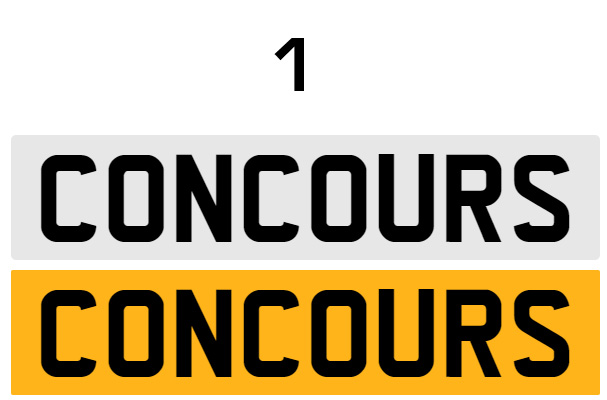
Order & Pay Online
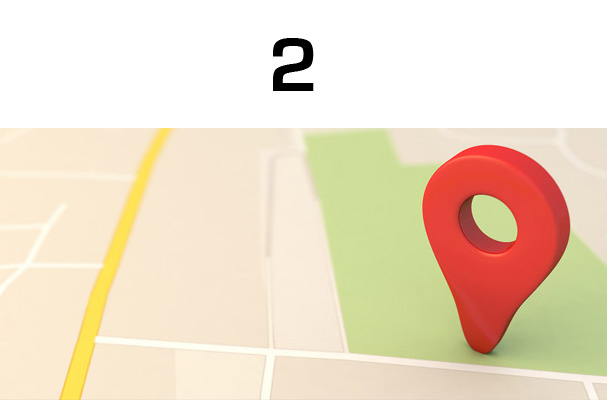
Collect Locally
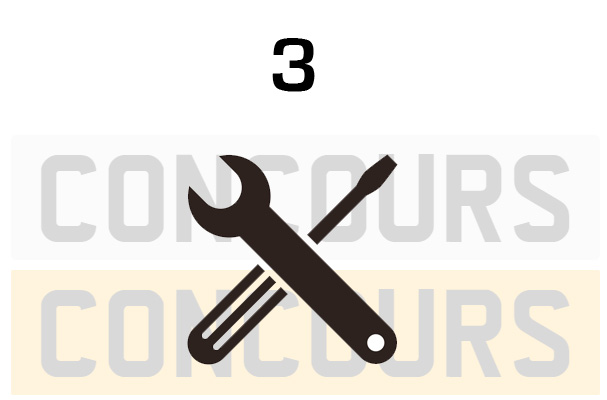
Fit Your Plates
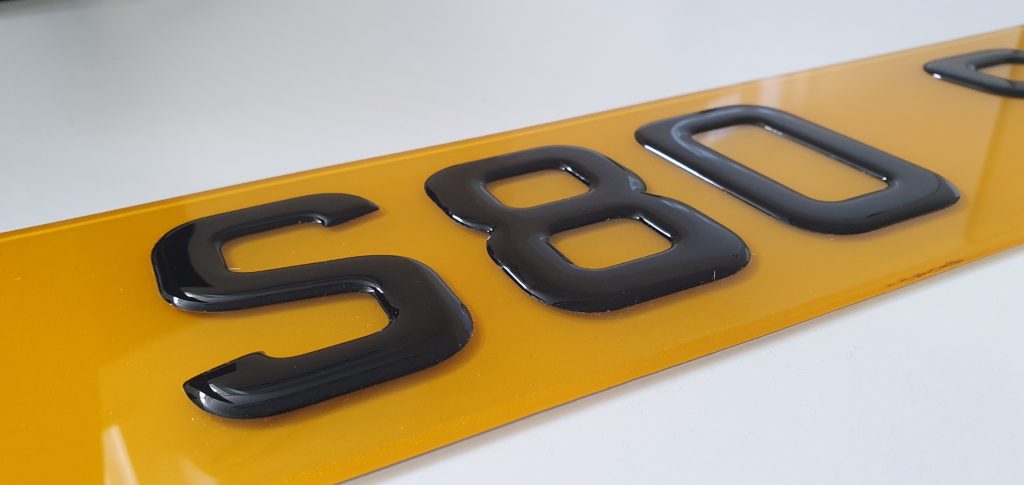

Please note: Concours plates will require the physical original documentary evidence to confirm identity and entitlement to the number plates before we can process a number plate order.
We DO NOT sell vehicle registrations. You have to already own the vehicle license registration number with paperwork.
To order we ask that provide a copy of a V5 Vehicle Registration Document and Driving Licence and you can process and order. We will then manufacture in advance the plates ready for collection where you must show the original documents.
We will not supply any number plate that does not conform to the legal format i.e. mis-spaced to look like a name of an individual, using non-standard fonts or colours. We do not allow a slogan or message to be printed anywhere on the number plate.


